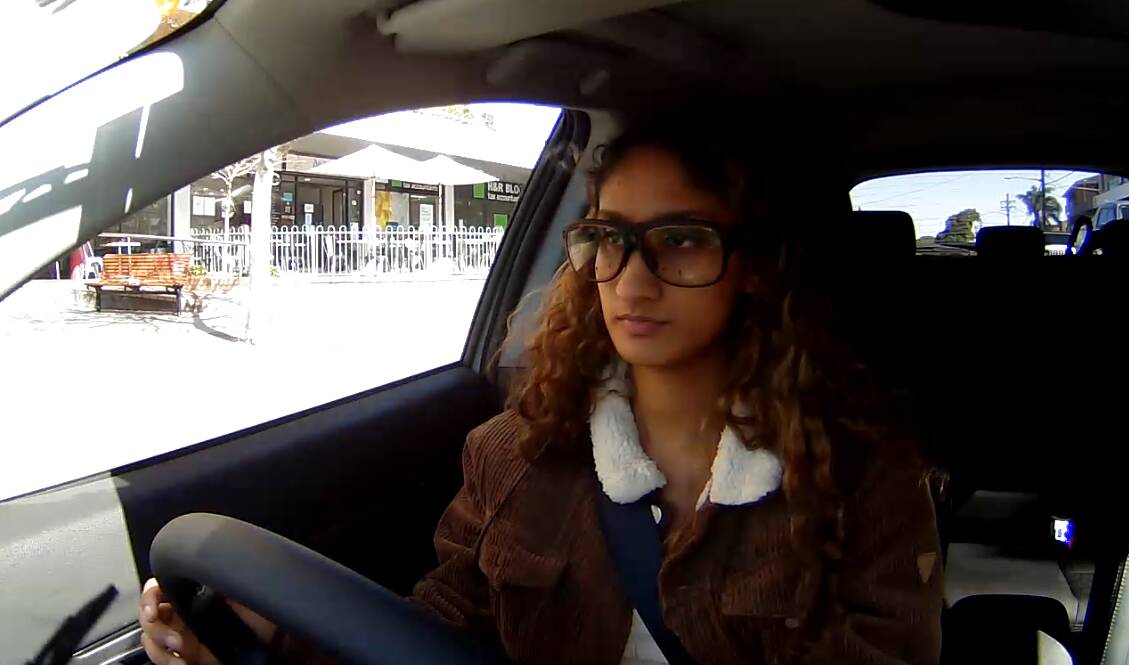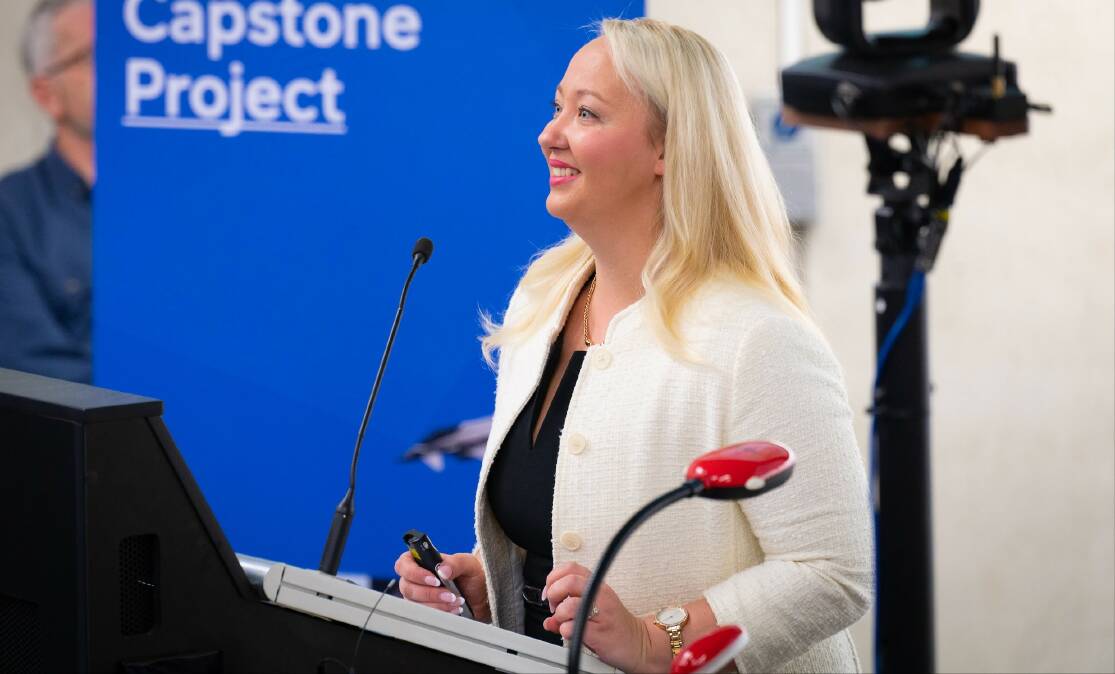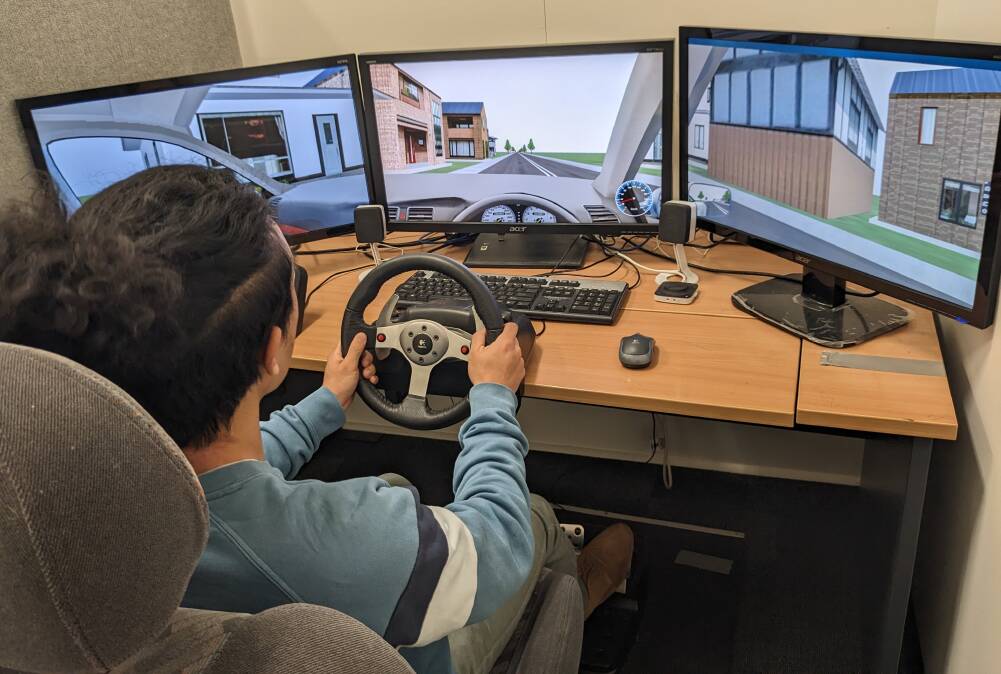
A Canberra-based research team which has completed a two-year study of young drivers has urged education about road safety and speed awareness to start as early as primary school.
Without an early start on driver awareness, said lead researcher Dr Oleksandra Molloy, the ambitious targets of the current national road safety strategy would remain out of reach.
The 2021-2030 national strategy, endorsed by all states and territories, sets the goal of a 50 per cent reduction in fatalities and a 30 per cent reduction in road trauma by 2030.
The previous national strategy flopped, failed to hit its targets, and was the subject of a scathing review.
The latest data shows the trend on road-related trauma again is headed in the wrong direction, with the influential commentators such as the Australian Automobile Association already declaring "Australia's current approach to road safety is not working".
Dr Molloy, from the University of NSW in Canberra, put 334 young drivers through a series of experiments to find out why those aged between 17 to 25 are more susceptible to crashes, road trauma and fatalities because of their speeding behaviour.

The young drivers participated in a series of tests, including driving on the road using eye-tracking technology, and in a simulator, and completing several surveys.
Predictably, the tests found that most struggled with speed management, but surprisingly more so in low-speed areas such as 40kmh and 50kmh zones rather than in higher speed zones.
Biometric data revealed young drivers were not aware of their speeding, speed limit signs, and mainly focused on the road ahead, as opposed to scanning environments around them and checking their own speed.

However, when the same drivers were given critical feedback about their driving, the consequences of their speeding, and the potential financial penalties, dramatic improvements followed in 85-100 per cent of drivers.
She said that a lot of time and investment goes into training learner drivers but once they pass their test, the education process stops. Yet that's when young drivers are most at risk, some by taking more risks.
"We need to do more, we need better driver education and earlier education," Dr Molloy said.
"Road design and markings and speed sign information need to be clearer too, and more obvious to all road users; we cannot blame the users for making mistakes when they don't have all the best information."
Meanwhile, Canberra's drivers were found to be the worst in the country for casual speeding, according to the latest Productivity Commission data - and it's declining every year.
"Anyone who drives around the ACT observing other drivers will certainly notice this [casual speeding] behaviour," Dr Molloy, who has been researching road safety since 2013, said.
"So many drivers appear to make incorrect assumptions about how fast they can drive without being caught, they really extend that tolerance threshold as far as they can."







